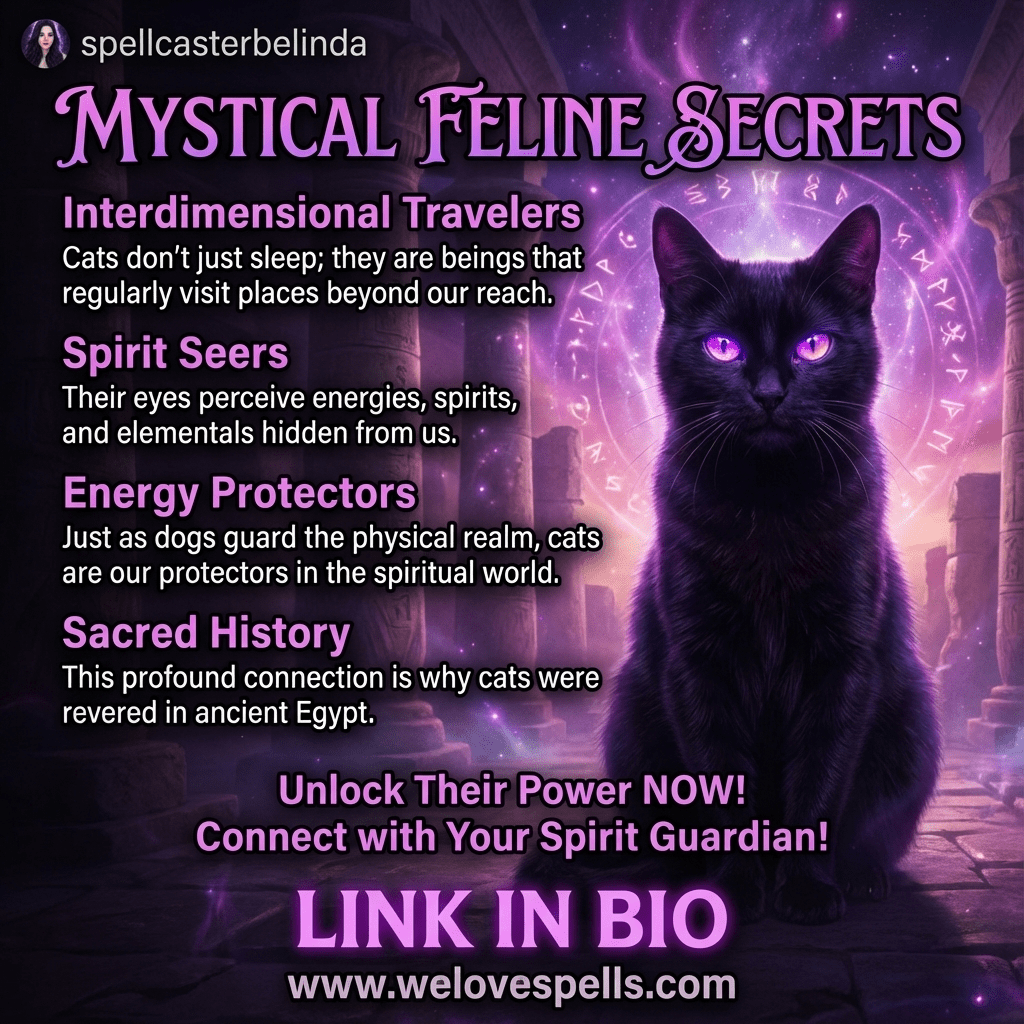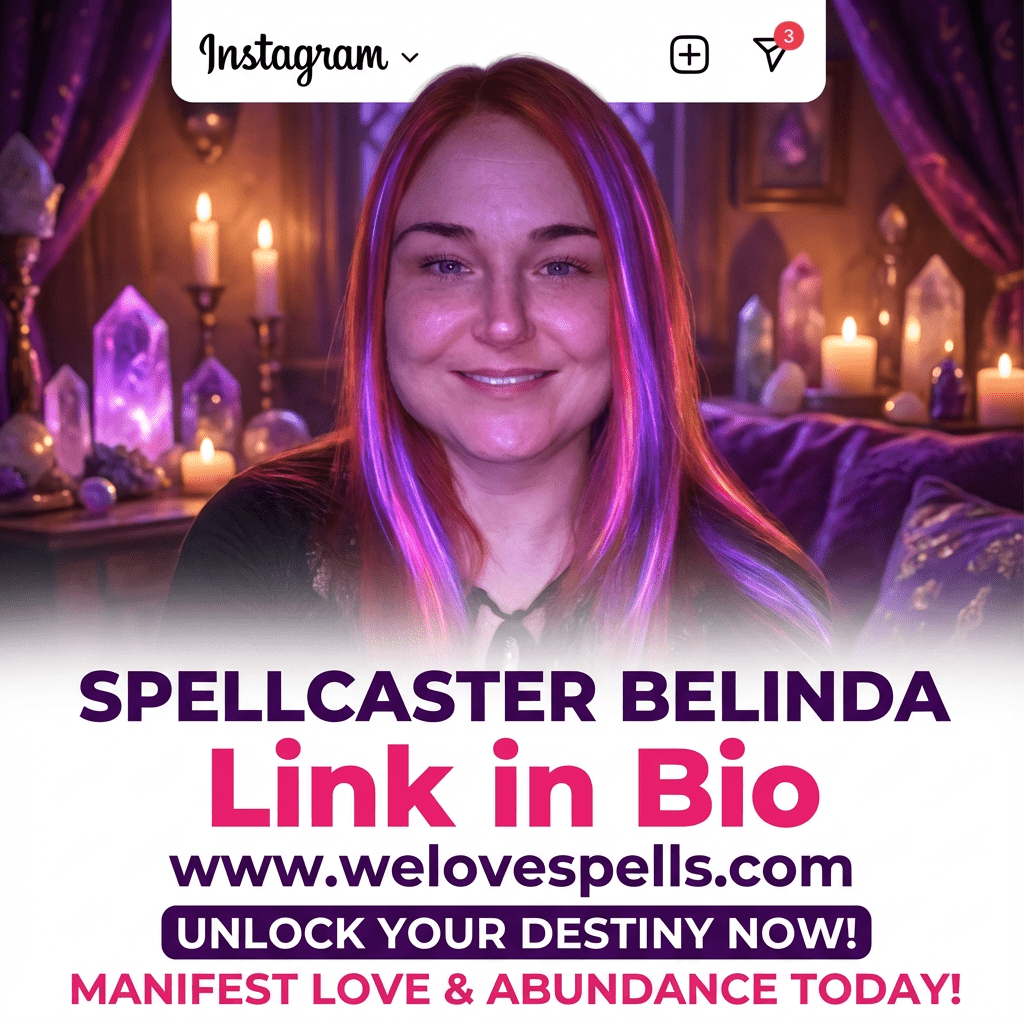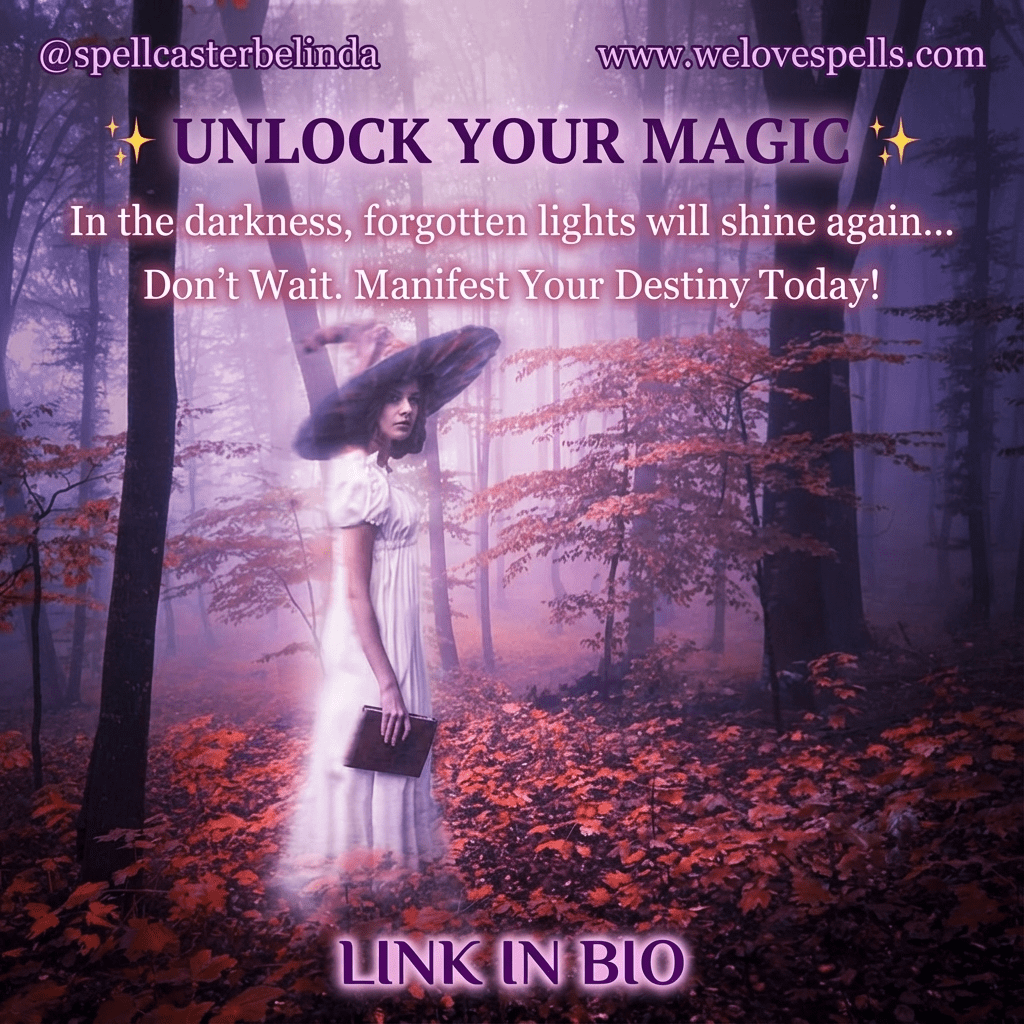Heathen Holidays: An Exploration of Blots in Norse Paganism
- Love spells amplify intention through focused energy, ritual offerings, and timing—much like Norse blots in Heathen holidays.
- Blots are sacred offerings to Norse Gods, ancestors, and nature spirits; they differ from sumbels, which focus on toasting, stories, and community bonding.
- The Viking calendar aligns blots with seasonal shifts (Yule, Disablot, Vetrnætr), making rituals more potent for love, protection, and renewal.
- Use simple steps to build a blot at home: set intention, prepare offerings, make your gift, and close with gratitude and a blessing.
- Combine Norse-inspired ritual with modern spellwork to deepen connection and results—for example, pairing a love spell with a seasonal blot.
Step into the living tradition of Norse Paganism, where age-old rites still move hearts today. Heathen Holidays: An Exploration of Blots in Norse Paganism guides you through the sacred meaning of blots—ritual offerings to Norse deities and spirits—and shows how these ceremonies can enrich modern spirituality, relationships, and personal growth.
Discover how blots differ from communal sumbels and learn practical, respectful ways to adapt these rites at home for clarity, protection, and love. If you want support on your path, shop real love spells that work today or buy love spells online from verified spell casters.
 Imagery of a Norse blot gathering — ancient offerings and blessings for modern lives
Imagery of a Norse blot gathering — ancient offerings and blessings for modern lives
Heathen Holidays: Exploring the Power and Meaning of Blots
Norse Paganism (Heathenry) revives pre-Christian Scandinavian spirituality. At its center are blots—ritual offerings to honor the Norse Gods, ancestors, and land spirits. These ceremonies maintain balance with the divine, mark the turning of the seasons, and strengthen community, family, and love.
What Are Blots? The Heart of Norse Ritual
- Blots come from Old Norse blót, meaning “sacrifice” or “offering.”
- Offerings often include mead, food, flowers, or meaningful tokens given during seasonal or life milestones.
- The goal is to seek blessings, express gratitude, and maintain reciprocal harmony between humans and the sacred.
- Gift-for-a-gift is a core principle—give sincerely, receive in kind. Many pair this with focused spellwork, such as a Bring Back Lost Lover Love Spell for reconciliation energy.
Blots vs. Sumbels: A Clear Norse Distinction
- Blots: Sacred offerings to Gods, ancestors, and spirits to build luck, protection, and connection.
- Sumbels: Social toasting and storytelling that strengthen kinship, honor deeds, and share wisdom.
Both celebrate community. Blots lean spiritual and devotional, while sumbels highlight fellowship, legacy, and shared joy.
The Viking Calendar: How Timing Empowers Blots
Norse observances followed a lunisolar rhythm—lunar months balanced with solar seasons—keeping ritual tied to nature’s pulse.
- Twelve lunar months guided by the moon’s phases.
- Intercalary months kept rituals aligned with seasonal changes.
- Planting, harvest, and key blots honored nature’s turning—ideal for renewal, prosperity, and gratitude.
Major Heathen holidays coincide with seasonal thresholds. Many practitioners combine these dates with love intentions—such as deepening connection with an Unconditional Love Spell.
Six Major Norse Blots: Seasonal Power and Meaning
Practices varied by region, but these six are widely honored by modern Heathens around the world:
-
Jól (Yule)
Winter solstice — Rebirth & Hope
A 12-day celebration crowning the longest night with warmth, feasts, and offerings to welcome the sun and honor ancestors.
To invite new love in the returning light, many pair Yule rites with our Attract Your Soul Mate Spell. -
Þorrablót (Thorrablot)
Deep winter — Strength in Adversity
A feast of resilience honoring Thor, protector of people and home. Offerings and solidarity help weather life’s storms. -
Góublót (Ostara)
Early spring — Fertility & Renewal
Linked to the goddess Ostara/Eostre, this celebration welcomes growth—traditionally for crops, and today for new starts in love and life. -
Dísablót
March — Ancestral Guidance
Honors the Dísir, protective female ancestors. Practitioners light candles, speak blessings, and share family stories to strengthen lineage ties. -
Vetrnætr (Winter Nights)
Autumn — Harvest Completion & Protection
Vetrnætr marks the harvest’s end and the winter’s beginning. Offerings to Freyr bring prosperity; household blessings invite protection for darker months. -
Álfablót
Late autumn — Honoring House Spirits
A quiet, family-centered rite for the landvættir (house and land spirits). Offerings strengthen home harmony and spiritual protection.
Rituals for Today: Adapting Blots with Respect
Modern Heathen practice keeps blots vibrant and accessible. Many blend tradition with personal calling:
- Inclusive honoring of both male and female deities and ancestral spirits.
- Readings, guided meditations, and combined circles for love, prosperity, or healing.
- Deepen your bonds: Pair a seasonal blot with a dedicated ritual like a Love Binding Spell to reinforce loyalty and connection.
- Solitary and community rites alike honor cycles in personally meaningful ways.
Ask a Live Advisor: Get Guidance for Your Next Ritual
Unsure which blot or love spell timing will best support your intention? Connect with a live advisor for insight before you cast.
How Blots Can Uplift Modern Relationships
Blots are intention in action. Many practitioners notice more harmony at home, clearer communication, and deeper gratitude when they regularly give offerings.
The act of gifting—whether to a deity, ancestor, or partner—opens the way for blessings in return. Align your ritual with a clear love intention for amplified results.
Blend Norse Offerings with Focused Spellwork
For a heartfelt approach, combine a seasonal blot with The Reconciliation Love Spell to encourage healing and forgiveness, or with the Lust for Me Love Spell to reignite passion.
Seasonal Blots for Life’s Cycles
Use the Norse calendar to anchor your practice in nature’s rhythm: Yule for new beginnings, Disablot for ancestral guidance, Winter Nights for protection, and Ostara for renewal.
Honor your anniversaries, fresh starts, or healing moments with ritual offerings—and consider the Unconditional Love Spell to deepen trust through each season.
How to Build Your Own Blot Ritual (Simple, Powerful)
- Set your intention: Love, protection, clarity, or prosperity. Write it in one sentence.
- Choose a time: Align with a seasonal blot or a meaningful date (e.g., anniversary, moon phase).
- Prepare offerings: Mead, bread, flowers, or a sincere letter to a deity or ancestor.
- Create your space: Light candles; arrange symbols of your intention on your altar.
- Make the offering: Speak aloud your gratitude and request; pour or place the offering respectfully.
- Close with thanks: Offer a final toast or blessing; ground yourself and release the intention.
This ritual can be as simple or elaborate as you like. What matters most is sincerity, respect, and follow-through with gratitude.
Heathen Holidays & The Wisdom of Ancestry
One of the most beautiful aspects of Heathen practice is honoring lineage. Lighting a candle for your forebears or sharing family stories can bring peace and healing—values at the heart of Norse tradition and lasting love.
⭐ Success Stories & Testimonials ⭐
Frequently Asked Questions
A blot is a sacred offering ceremony honoring Gods, ancestors, or land spirits. It strengthens reciprocity with the divine, marks seasonal thresholds, and focuses intention for blessings such as love, protection, or prosperity.
Q2: How is a blot different from a sumbel?A blot centers on offerings and devotion. A sumbel is a communal feast with toasts, oaths, and storytelling that builds social bonds and honors deeds.
Q3: Can I perform a blot at home without initiation?Yes. Approach with respect and sincerity. Keep the rite simple: set an intention, prepare a modest offering, speak your thanks, and close with gratitude.
Q4: Which Norse deities are associated with love?Freyja and Frigg are commonly honored for love and relationships. Some also call on Freyr for abundance and harmonious unions.
Q5: Can I combine a blot with a love spell?Absolutely. Many practitioners blend a seasonal blot with focused spellwork—such as the Unconditional Love Spell—to deepen connection and results.
About the Author
Belinda, Senior Spellcaster & Norse Practitioner — With 20+ years of experience in ritual craft, ancestor work, and love spellcasting, Belinda blends traditional Norse offerings with modern intention-setting. She has guided thousands worldwide in aligning seasonal rites with personal transformation.
Your Norse Journey Awaits
Honor the seasons. Nurture your love. Cast with confidence. Combine a heartfelt blot with a focused spell to invite connection, healing, and joy into your life.
🔴 Need Clarity on your Situation?




